42: Carnegie Mellon Series #5 – Organizational Learning
We discuss Barbara Levitt and James G. March’s article “Organizational Learning,” published in the 1988 edition of the Annual Review of Sociology. Although the authors hailed from Stanford University in California, we have included this episode in our Carnegie-Mellon Series because of James March’s involvement and perspectives on organization that clearly influenced the article. This work was a literature review across various streams in organizational learning up through the 1980s. Topics include learning from experience, organizational memory, ecologies of learning, and organizational intelligence. Of particular interest is how organizational learning was defined as not an outcome but a process of translating the cumulative experiences of individuals and codifying them as routines within the organization. From this, the authors applied the brain metaphor – such as memory and intelligence – to explain the phenomenon.Read More









